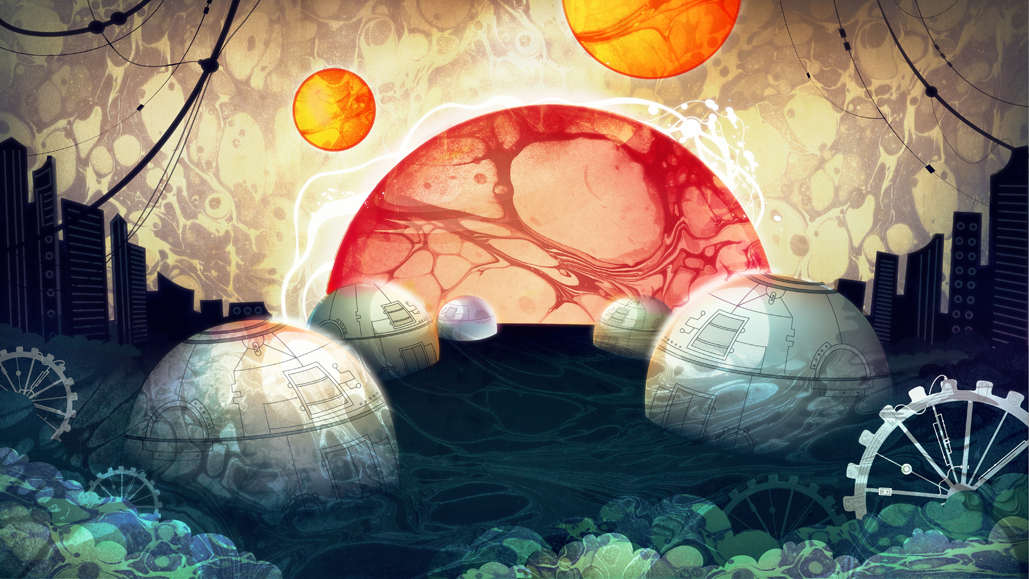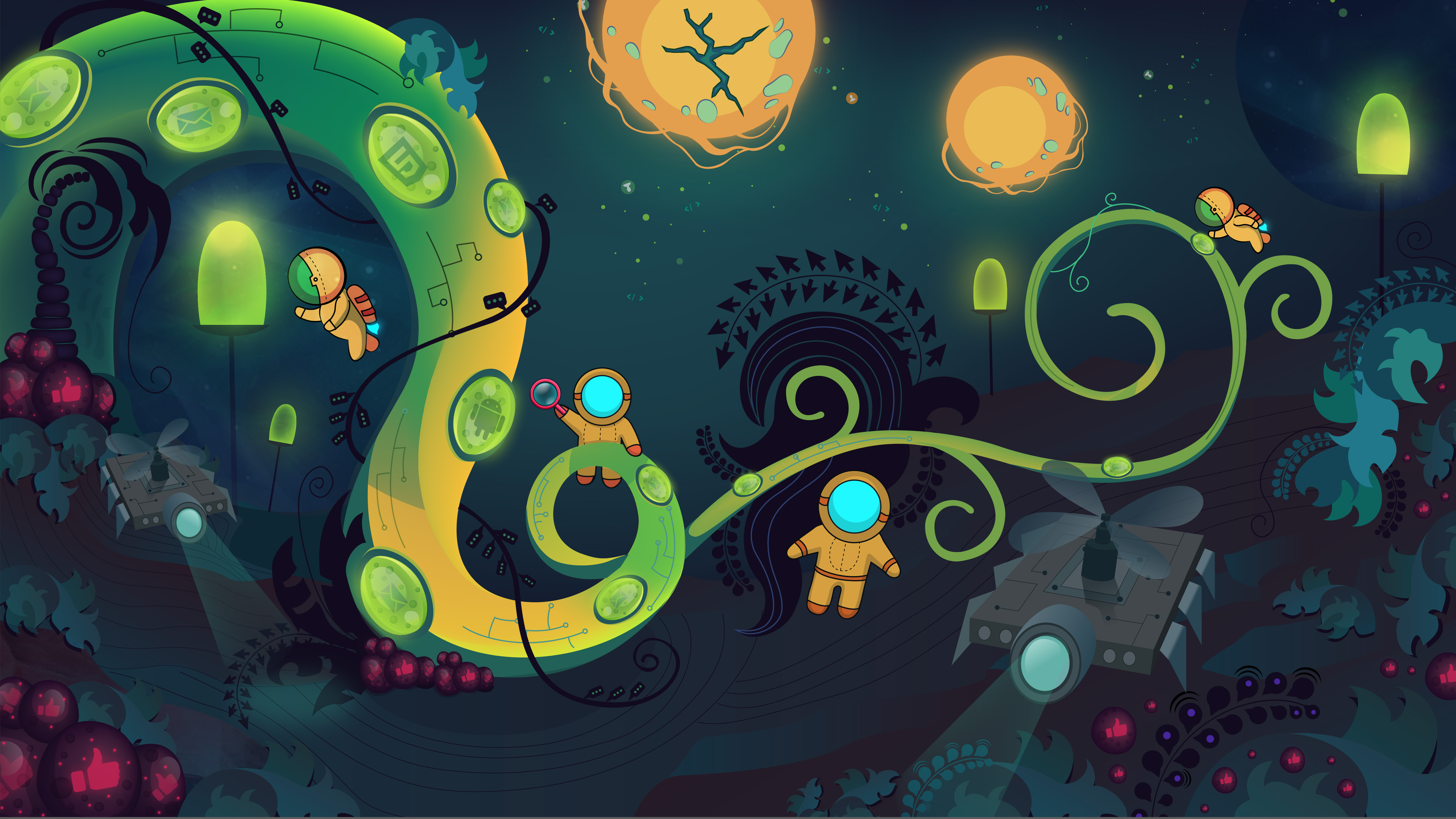After I got my initial capital and the stents implanted by Dr. Vijan, there was a new swagger to my walk. The world seemed full of new opportunities. I started studying everything that a catheterization lab would need. A good friend from college introduced me to his brother, who was a cutting edge Interventional Neuro-Radiologist at Jaslok Hospital, Dr. Raju Ghodke, who let me hang out in the lab, chat up the technicians and make notes on the commercial opportunities. Product expansion followed; Interventional procedures are done with the help of Guidewires, who gave me a fairly large order for Guidewires made from Nitinol, shape memory alloy, again sourced by intelligent emails and sales spiel at zero cost from a company in the US, FlexMedics.
I turned my attention to a larger and more established coronary stent /balloon company, and over the course of a few months struck a deal with CardioVascular Dynamics (CVD), a larger company based in the US, with an interesting technology that claimed therapeutic benefits. The order was large for me – 20,000 USD dollars in investment in inventories – 20 Enforcer Balloon Mounted stents @ 500$ apiece and the rest in Balloon Catheters, the Lynx. In addition, I needed to spend about 6,000 USD to launch the company at a Medical Event in Goa, (made available to me at a great discount, again by Dr. Vijan). The Sales Manager of CVD flew down from the UK to do a marketing yatra of sorts with me, visiting various doctors on cath labs across the country, giving samples and help selling to the doctors.
As part of the CVD launch in India, I met my distributor for New Delhi, Sangeet Chopra. He was tasked to crack open the market for Stents at Escort Heart Institute, headed at that time by Dr. Ashok Seth, a prominent Interventional Cardiologist. The volumes were large; 20 – 30 stents a day was not uncommon. Sangeet. Through sheer dint of persistence and street-smart fixing, Sangeet got us in record time. The sales price was 40,000 INR, my cost price was 20,000 INR – every time a stent was implanted, a clean gross contribution of 20,000 INR was clocked.
Now all I had to was to wait for the doctors to start implanting stents and start my money-printingfactory!
Now, with Sangeet’s doggedsales determination, we were looking at a stent and /or balloon usage at the Escorts Hospital almost every 2 /3 days. I developed a secret code for Sangeet. He had to send a blank email with the title “ Another One Bites the Dust” (after the famous song by Queen), every time a stent got implanted. Sangeet was not a rock aficionado, but acquiesced.
My goal in life now was to wake up, check email and see these emails. I would check once in the morning, and once in the afternoon. Momentum started building up. 15 stents were implanted in 15 days. I would look for the phrase “Another One Bites the Dust.” That’s all that mattered.
On the last observed day, I saw the message not once but three times. 3 stents were put in. I was rocking.
Then, disaster struck.
The stent is a metallic truss that is mounted crimped on a PET balloon. The balloon was maneuvered into position at the legion, and the physician would then expand the balloon with water to as much as 18 Atmospheres, thereby expanding the struts and getting the stent lodged into the arterial vasculature. Some doctors drove the pressure all the way to 24 atmospheres. Now imagine a small crack in the balloon, and the water squirting out at high pressure (the smaller the crack, the higher the force) could cause a dissection in the arterial walls. Technology reduced this probability in various ways, including Electro-polishing the Stainless Steel 316 that the stent was made of, but the risk is always there; at a molecular level, the surface of even Electro-polished surface is pocked with hills and valleys, all potential puncture points for the inflated balloon.
The CVD stents seemed to be less rugged in this respect relative to the competition. There was an adverse event and the product usage was suspended. We did everything we could do to fix the situation, and we got the doctors to use it again – and got back for a couple of weeks; but a couple more such events soon after sounded our death-knell at Escorts; we weren’t big enough to whisk away the doctors to an exotic conference in Business Class yet, which is how large companies managed such these.
We were down but not out. I built another significant demand source at the CMC Medical Hospital in Vellore. Travel from Mumbai to Vellore was now by second class sleeper – the extravagant daily return flights that I was used to previously evaporated as the gloom hung over us. My efforts in the South were helped by my good friend and business partner of 6 months, Natarajan – (who got, briefly, IIT /IIM Cal genes into my company).
But the business was changing, and consolidating – fast. The very same reasons that helped me 12 months ago were working against me. Margins were eroding. Anyone with a Stainless SteelElectro polishing machine and truss-designing ability could now manufacture stents. I did not represent a big brand like Johnson and Johnson, or Boston Scientific, with deep pockets and established and qualified Salesforce. At that time, the Kalam-Raju stent was also launched, at a cost of 15,000 INR. I even travelled to Surat, the diamond cutting capital of the world, in search of a machine that could produce stents; I found one, but the discussion never went ahead.
The stent business was opportunistic, and had given me revenue, and some experience and contacts; it was now time to look for something bigger, and something that had more Intellectual Property around it. It had to be BHAD, Big Hairy and Audacious. It had to be rocket science, involving math, computation and cutting edge medical knowledge. It had to be rooted in something that the country genuinely needed and could create health benefits at scale. This was the next frontier for me.
Several weeks of research later, I was onto something. Something potentially Big Hairy and Audacious. And that, dear reader is subject of the next chapter in the Losing My Virginity series. Stay tuned!
Illustrations copyright Ecselis/ Ioana Halunga, portraying Hallucinogenia, Capital of the Ecselis Hypersystem, Centaurus Constellation, 2093 AD








asha chaudhry
rajeev,
you are an amazing & engaging storyteller. i rode your stent journey in this one read.
this one para will now remind me of you every time i hear the song! yeah am a queen fan 🙂
“My goal in life now was to wake up, check email and see these emails. I would check once in the morning, and once in the afternoon. Momentum started building up. 15 stents were implanted in 15 days. I would look for the phrase “Another One Bites the Dust.” That’s all that mattered.”
i love your BHAD – spirit. that one line has a huge huge learning for all of us who fall and need to figure out how to get up.
keep inspiring. i will look fwd to part 3 in the losing my virginity series…
Sushrut Munje
A very interesting read! Best wishes! 🙂
We look forward to more.
Sumit Deshpande
Medical devices is not your usual business. In most circumstances, a mistake or inferior product by the vendor may invite the customer’s ire and may be loss of business, howvever in medical devices business, the mistake costs a life. I think it was your ethical duty to stop/educate doctors from using your product when you discovered that the product is not as good as your competition and it was endangering somebody’s life. From the article it is apparent that you failed to do that and that is regretable. Further you metioned that one of the reasons you went down is because you were not big enough to bribe the doctors and take them to exotic locations and consequently hush hush the matter. This also means that had you been big you would have done that. Thats a real shame!!!!! I pray that companies like these are not allowed to do business.
Rtvik Sethia
Hi Rajeev,
Kudos! Your story has got me hooked, it is as interesting as disconceting. Belonging to the health and nutrition industry myself, though another end of the spectrum, I feel quality is not a choice for us, it’s a duty, and a sacred one at that.
In a country where two square meals a day are a luxury for many, health is low on the priority list. Unfortunately, even so, our healthcare system, far from being affordable, is a nightmare. As if the fact that the business of healthcare derives its profits from the suffering of humanity was not enough, in India it thrives by building fear and duress upon the unsuspecting.
The mention of stents brought back very disturbing memories of last year. My father had suffered a severe heart stroke and after the initial treatment, we sought appointment with one of the finest cardiologist in the country. A date was finalised and we landed at the hospital, again said to be amongst the best in Asia, completely state-of-the-art replete with the most fancy machines, the most starched livery and the most illustrious names in cardiac care. A healthy influx of Arabs, Soth-Asians, Africans and even the odd European could be seen amongst the patients vindicating the repute of the hospital. It stood out like a glossy magazine among a bunch of old newspapers. A strong believer in the India story, I was happy institutions like these, owned and operated by an Indian were delivering quality healthcare to our doorsteps.
Now, the process of angiography precedes the angioplasty(installing the stents). Guide-wire mounted cameras are channelized through the heart to locate the blockages where the stents are thereafter installed. The famed doctor himself chose to perform the procedure for my father and diagnosed two blockages(requiring 2 stents). And then came the shock. With my father in the operation table, fresh after a severe heart attack and the guide wires running through him, the doctor’s assistant sought to meet me. They asked me which stents I would prefer to buy: Indian, German or American. What? How am I to decide which stent? I demanded to see the surgeon himself, who obliged and emerged from the theatre. He was aware I had been asked to pick between the three categories and seemed at ease about it. Here is a reconstruction of the dialogue that ensued (outside the operation theatre)
Me: Sir, What is the difference between the three stents?
Doc: Well, the Indian one is for Rs.50,000, the German for Rs.90,000 and the American one Rs.1,60,000 per stent.
Me: Ya, that’s the price. But what’s the difference?
Doc: Well, the price.
Me: Surely, there must be some difference to justify the price?
Doc: Not much, they’re all good.
Me: So which one should we go for? You know the technicalities of the case.
Doc: I told you the price.
Me: Allright. Is the expensive one better in any way?
Doc: Aise to sabhi achi hain
Me: Please help me take a decision. I can’t afford to go wrong here.
Doc: Dekho Bhai, Indian Indian hoti hai, aur American American hoti hai (Wow!)
Me: So Doc, which one would YOU suggest?
Doc: Well, you can consult your family…..
This was our nation’s prominent cardiac surgeon, talking to an educated guy, with a critical patient behind the door, in one of the most modern medical facilities in India and he did not offer an explanation to why one stent was better than another. Which one should I choose? The only differentiating factor in the dominion of science and technology was price? Hello?
A frigid smile, a shrug of the shoulder and a wave of the hand. That was the Doctors answer. But I knew it now. He had played on my fear and helplessness knowing entirely well what I would do. And what most people in such a situation would do, given only a few minutes to make such a critical decision.
Clad in his surgery overalls, as he pulled up the mask before preparing to re-enter the operation theatre, I could imagine the proverbial scalpel in his hand.
“Doc! The American Stent.” I declared.
Rajeev Bala
Hi Sumit, noted your pious comments. Pls note that issues of this sort were relatively common in the cath lab, due to a variety of reasons, involving tortuousness of vasculature, over-inflation of balloon and doctor-handling. The Enforcer stent was mounted on the Lynx balloon, named since it has a very slim profile and could navigate difficult arteries. With 20/20 hindsight, perhaps we should have gone a bit slower and spent more time on training the doctors in managing with this parameter. Dissections in arteries are easily treated with coagulants, the trauma s not by any stretch life -threatening. Note that I also had excellent feedback from all the other doctors who continued to use the product.
With the recent Ranbaxy scandal, I would suspect that there are more serious issues in the market that would merit our collective attention.
Rajeev Bala
Hi Rtvik – thanks for this personal anecdote.
Yes, I agree with the you that we do not have a culture in India of doctors sharing information with patients. In the case of stents, the only big difference according to me is the amount of marketing costs. Doctors tend to cross-subsidize, using expensive stents for perceived rich / affording patients and cheaper stents for poor patients. There is no difference in manufacturing costs, the only difference is marketing costs.
Thanks !
Aparna
A story can even be told like this ! 🙂
You have introduced a great artist as well ;). I realize you used them in the previous post as well!
Naveen Bachwani
Completely agree with Sumit on this. However engaging the story, it is outrageous that any “entrepreneur” takes such a casual, commercial attitude to a product category that can result in a life saved or lost. Sad, sad, state of affairs.
Oh, and the fact that “it happens all the time” cannot be given as an excuse for anyone to do the same…
Naveen Bachwani
Thanks for sharing your story, Rtvik. My own experience has been pretty similar – through my mom’s cardiac episode, I came to learn a bit about how this world actually operates. I reproduce a small extract from one of my blog posts written in 2008:
All I can say is, may God help those who ever need intervention cardiology care. And if Rajeev’s story is anything to go by, the phrase “Another one bites the dust” just acquired a new meaning for me. 🙁